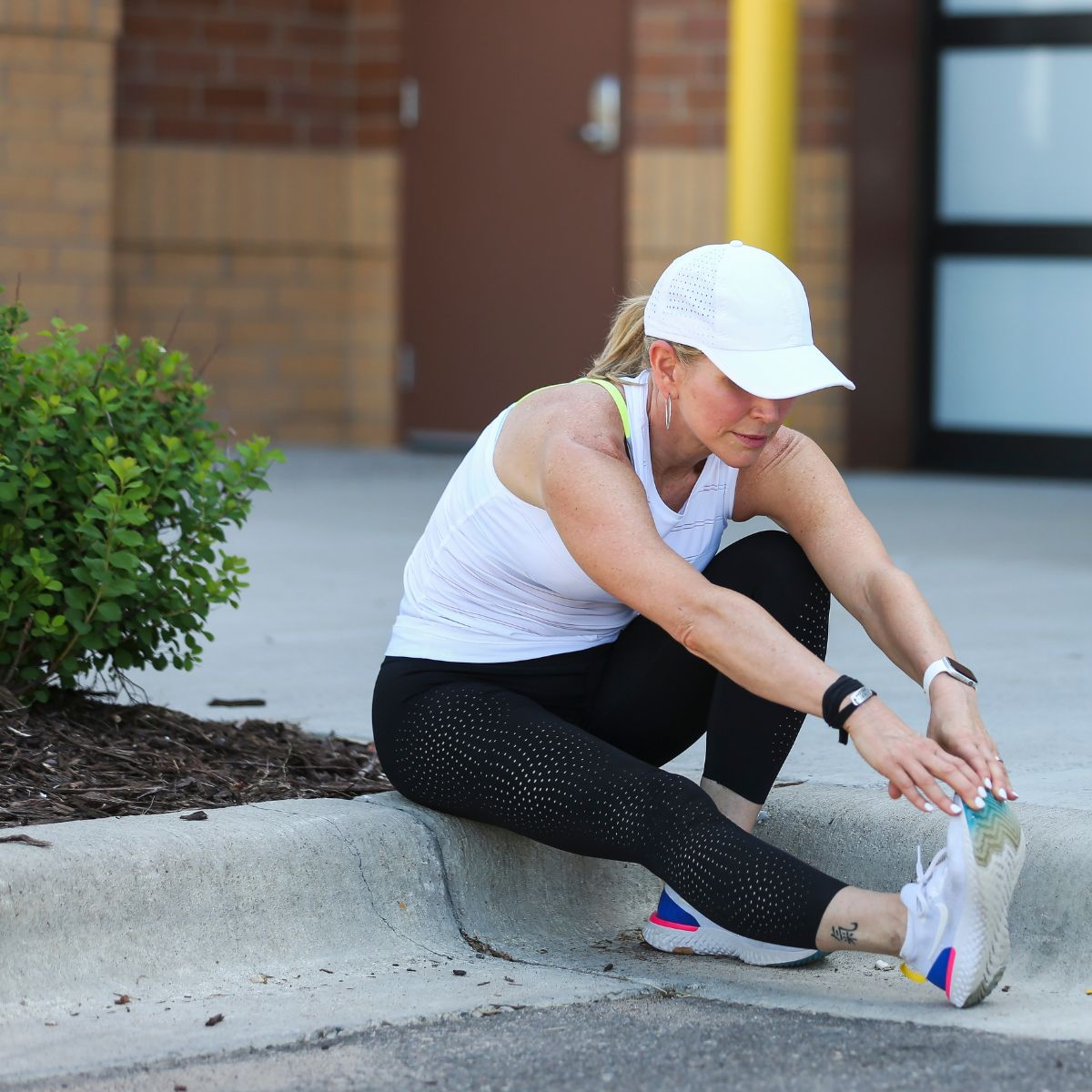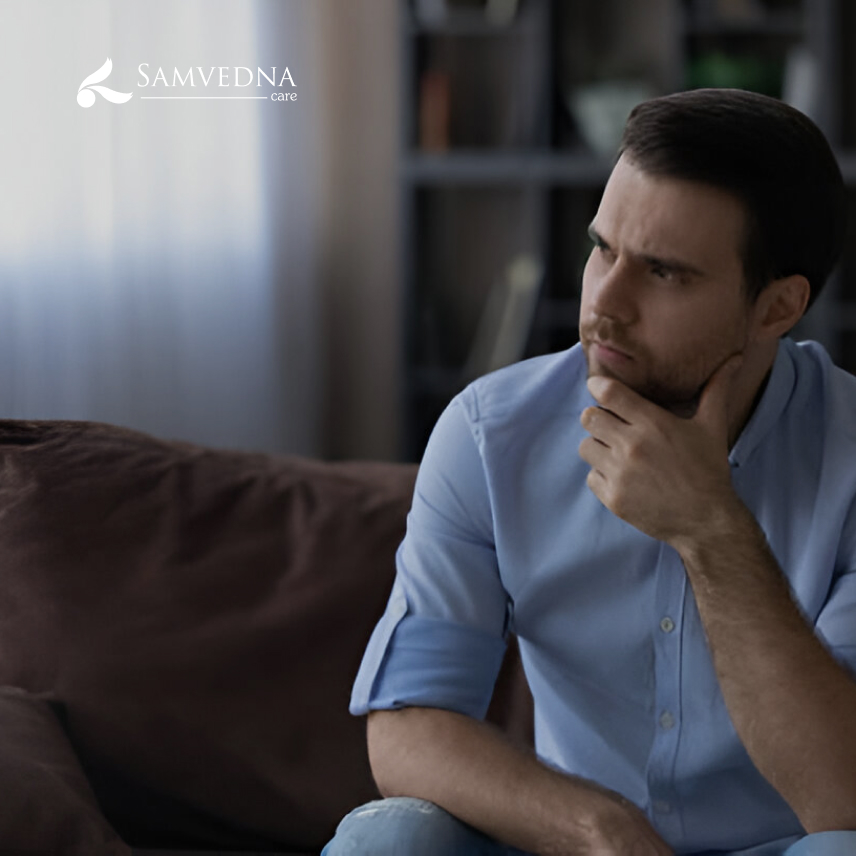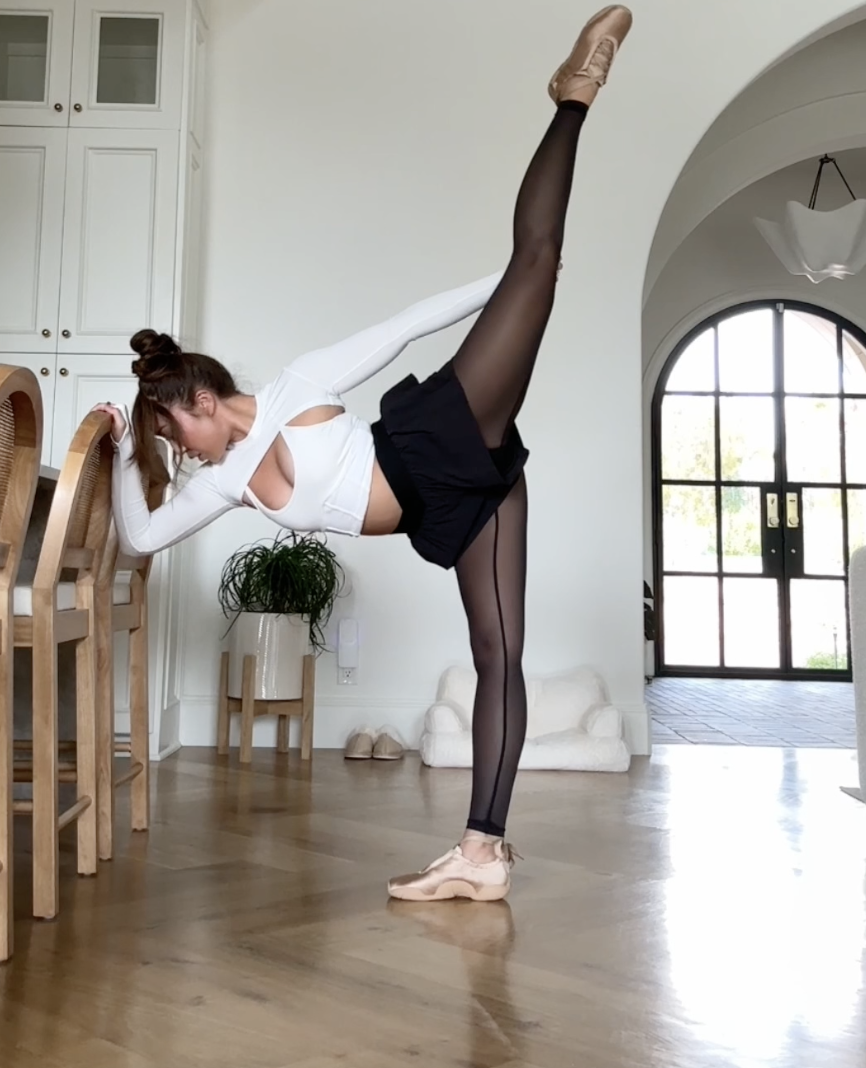The Surgeon General of the United States, Vivek Murthy, recently declared that we are in a “loneliness epidemic,” not just in the U.S. but internationally. (”Our Epidemic of Loneliness and Isolation, The U.S. Surgeon General’s Advisory on the Healing Effects of Social Connection and Community”)
The large number of older people that are less socially engaged is taking a huge toll both physically and emotionally. From 17% to 57% of people surveyed in the last few years identify themselves as being lonely. While the highest percentages occurred during the pandemic, the percentage has now stabilized to about one-third of elders, which is still dangerously high.
People who are socially isolated are more likely to be depressed, leading to issues such as anxiety, dementia, and heart disease. If this isolation persists, it can also lead to increased blood pressure, weight gain, smoking alcohol/drug use, and decreased physical activity, cognition, heart health, and sleep as well as strokes and coronary heart disease. Each of these conditions ultimately leads to early decline and death.
To counter the effects of loneliness, Murthy has used the power of his office to begin to help communities create Age Cafes. Like Death Cafes, Age Cafes provide a place where people can gather in relatively small groups to share their stories with each other and receive mutual support. The first of these cafes started in Beaverton, Oregon where the community provides support including gathering spaces from libraries to social clubs, as well as many other networks for the elderly. This concept is now in many places in Western Oregon and will soon be spreading across America.
We all need community – to be together with people with similar interests and backgrounds with whom we have a deep sense of belonging. Ideally, such communities work together to help create a better world. At the same time, we need more than gatherings. We need to have a sense of common purpose and meaning, which could be as simple as having a good time together, or watching young children play. Ultimately, to combat loneliness, which is an aspect of the spirit, we also need communion. Communion is the “sharing or exchanging of intimate thoughts and feelings especially on mental and spiritual levels.” Such sharing can occur in Age Cafes as well as getting together with close friends or relatives. They can also occur in Wisdom Circles.
Wisdom Circles usually meet once a month and consist of 6 to 12 people. Members pledge to keep the contents of their conversations private. At each meeting, every member of the circle can check-in with the group or opt out and just listen. If anyone needs extra support from the group, they can ask for that. It is not a place to give advice unless people ask for support and perspective. It is a place to discuss topics relevant to everyone in the group such as: listening, loss, transitions, grace, negotiating older age, relationships with others, and so forth. Wisdom Circles are powerful vehicles for creating intimacy in community and combating loneliness.
Other vehicles for creating compassionate communities involve engaging people in visiting the home-bound to spend time visiting with those people. They could share stories from their lives, which could be recorded with their permission, much like Story Core on NPR. The focus could be on sharing things they’ve learned from reflecting on their long lives or on important moments they’ve had in parenting or grandparenting or serving the community in which they’ve lived. These recorded stories could become part of their legacy to pass on to others.
Laughter is another healing therapy, which we can all benefit from. The technique of laughter therapy is to start to laugh as deeply in your chest as possible, then step-by-step, move your laughter higher and higher until you feel it in the top of your head. It will feel artificial at first, but you will soon break out into full-throated, unencumbered laughter. Use these syllables for your laughter: Ho Ho Ho Ho (lower chest); Ha Ha Ha Ha (upper chest); He He He He (throat); Hay Hay Hay Hay (face); Hi Hi Hi Hi (top of head) – moving up the body with each new syllable. Doing it in groups is the greatest fun of all. This is a communion of laughter, first introduced by a nun from India who has traveled the world helping people to laugh. These techniques are often used in hospitals to help people heal. They are a wonderful way to “break the ice” in small group gatherings.
Horticultural therapy is one that many retirement communities use but could be expanded throughout entire communities. Planting and nourishing a garden together is a communal activity. This can also be intergenerational, expanding the project to include children and young adults. The fruits of your labors can go to feed the homeless or some other cause you care about.
Finally, two of the most energizing ways to be in community are to exercise together or to do social dancing. These activities are great for the body and fitness as well as the breath. They are energizing and allow us to connect with others and to express joy. A powerful film was published several years ago where a man with Alzheimer’s who had sat in his chair for years, bent over and not communicating, was given a recording of his favorite popular music from his adulthood. The transformation was amazing. He immediately stood up and started dancing around the room. He was transformed with joy.
- May your life be one of deep connections with others.
- May you live as fully as possible – physically, emotionally, and spiritually until the end of your life.
- May you experience joy and bring joy and respect to all you meet.
#Importance #Community #Engagement #Age
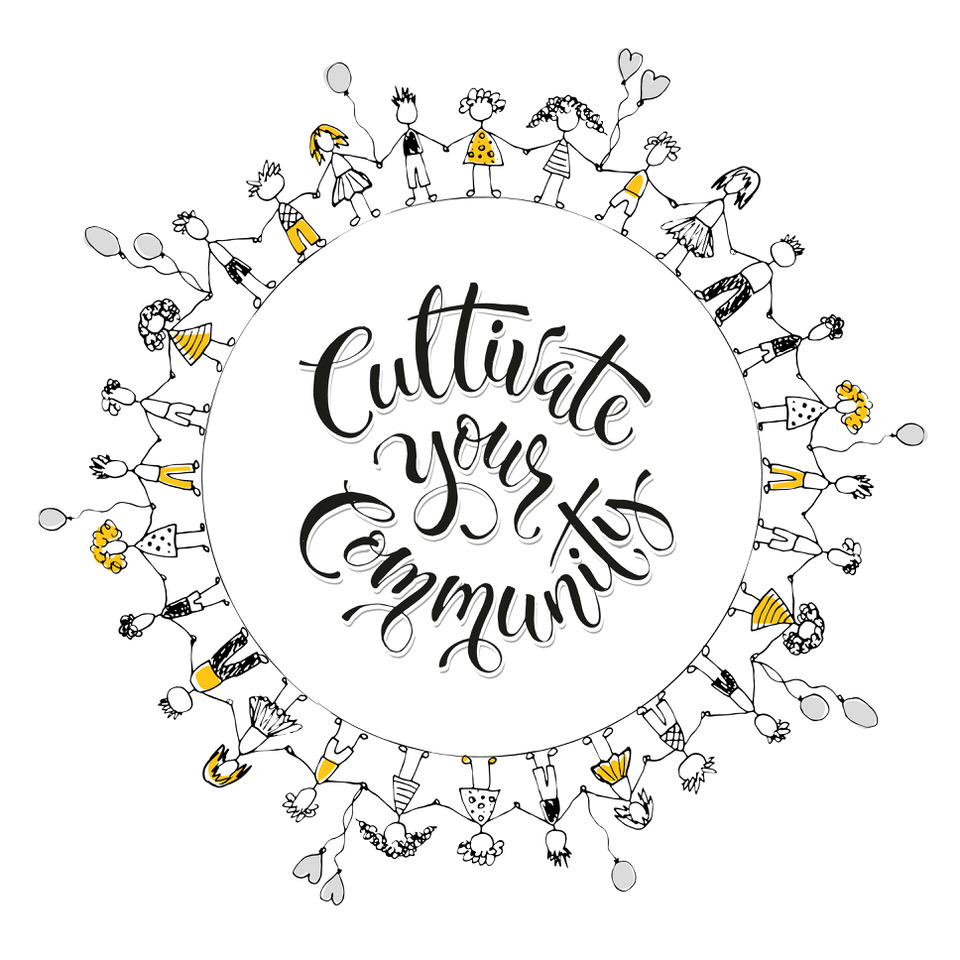

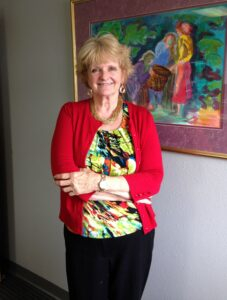




.JPG)




